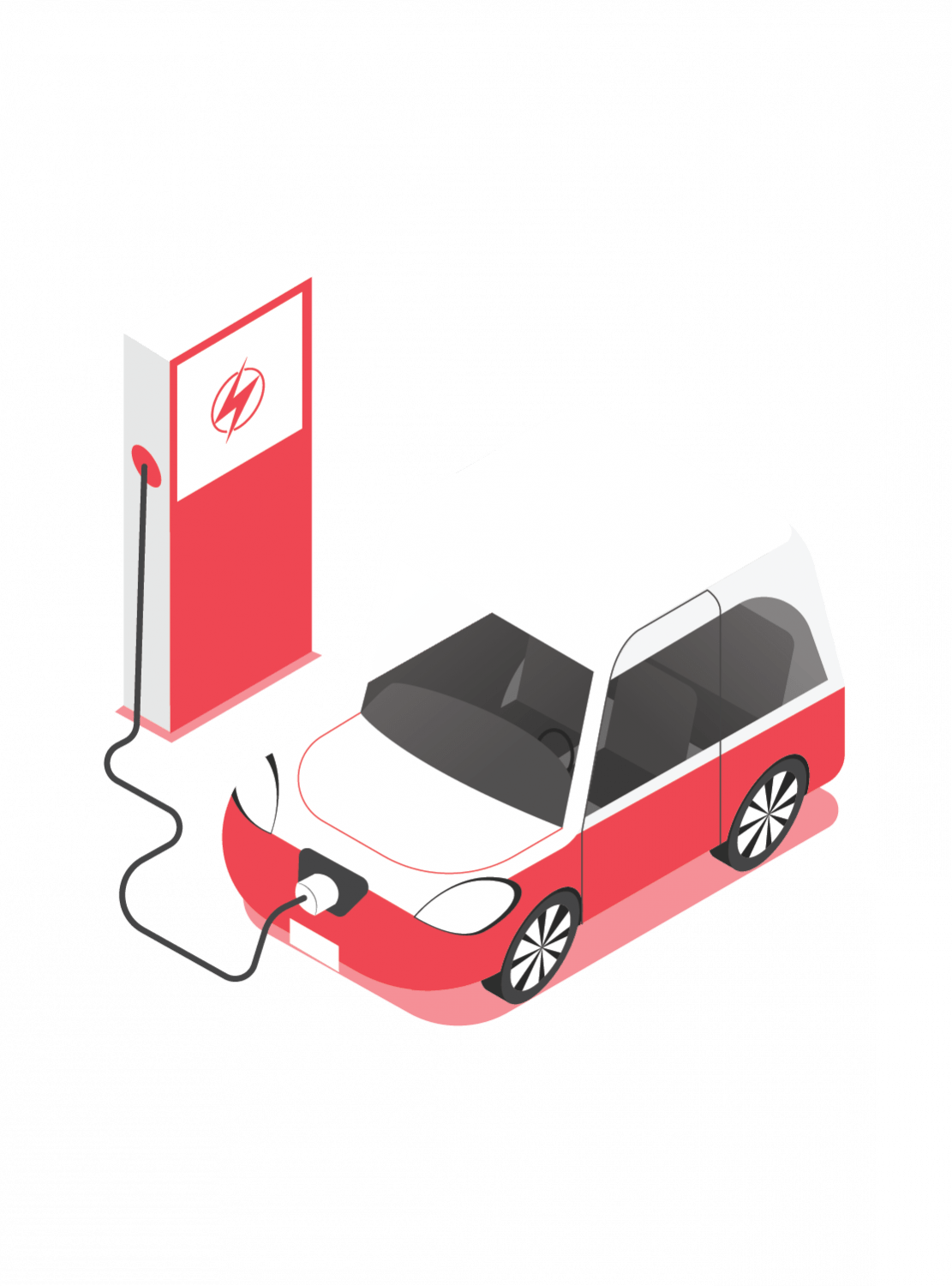EV Charging in Rural India Turning Challenges into Opportunities

Introduction
India’s electric vehicle (EV) revolution is gaining momentum, but rural regions still face significant obstacles in adapting to this transition. While urban areas are steadily upgrading their infrastructure, rural EV charging challenges remain a major roadblock. In 2025, the Indian government initiated a robust push to improve electricity supply and promote solar energy adoption in these underserved areas.
Current Landscape
As of June 2024, India boasts over 25,000 EV charging stations, with plans to expand to 72,300 stations under the PM e-DRIVE program, backed by an allocation of ₹2,000 crore. However, the distribution remains uneven, with most concentrated in metropolitan areas. For instance, Uttar Pradesh, with nearly 4.5 lakh EVs, has only 406 charging stations — roughly one station for every 1,100 EVs.
Rural adoption of EVs is slowly rising, especially with the popularity of e-rickshaws and low-speed electric two-wheelers, but the lack of reliable charging facilities limits their scalability.
Challenges in Rural Areas
- Limited Charging Infrastructure: Rural regions lack adequate charging facilities, making EV adoption difficult.
- Grid Capacity Constraints: Integrating EV charging stations into the existing electrical grid is challenging, as many rural grids already face overload and require significant upgrades.
- Awareness and Accessibility: Low awareness about EV benefits, coupled with limited accessibility to charging points, slows adoption in rural communities.
Government Initiatives
The Indian government has recognized these challenges and is actively working to bridge the gap:
- PM e-DRIVE Program: Aims to install 72,300 charging stations across the country, including in semi-urban and rural areas.
- Incentives for Rural Infrastructure: Under FAME-II, subsidies are being provided to encourage the setup of charging stations in underserved areas.
- Solar Energy Integration: Pilot projects are promoting solar-powered charging stations to reduce dependency on weak rural grids and ensure sustainability.
The Road Ahead
To truly bridge the gap in rural EV charging infrastructure, the following steps will be crucial:
- Public-Private Partnerships (PPPs): Collaborations between government, startups, and established energy companies can accelerate charging deployment in remote areas. Some private firms are already piloting solar-powered micro-charging hubs for rural e-rickshaws.
- Technology Integration: Battery swapping stations and smart charging solutions can reduce grid dependency and make charging faster and more affordable.
- Community Engagement: Awareness programs, especially targeting farmers and small business owners, can highlight how EVs reduce fuel costs and support sustainable livelihoods. For example, electric tractors and rural e-rickshaws can cut operational costs and create income opportunities if backed with reliable charging access.
Conclusion
While rural India faces significant challenges in adopting electric vehicles due to limited charging infrastructure, ongoing government initiatives, private sector involvement, and solar-based solutions are paving the way for an inclusive EV ecosystem. With the right partnerships and community engagement, rural India has the potential to become not just a participant but a driver in India’s green mobility revolution.




